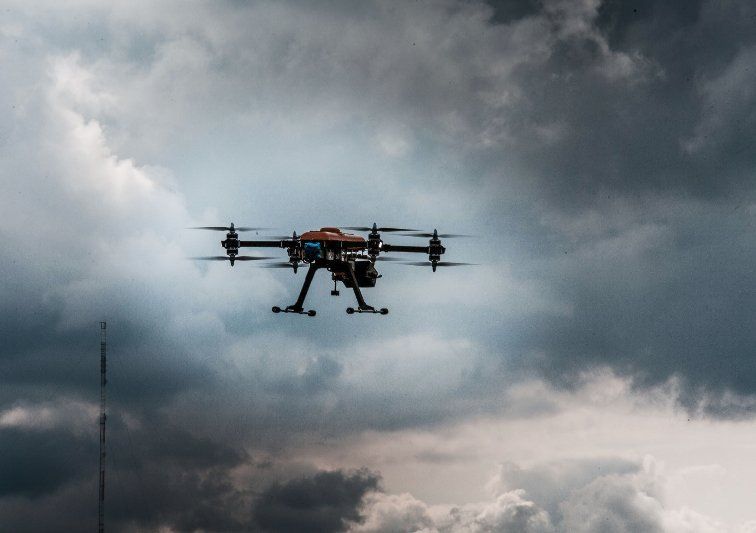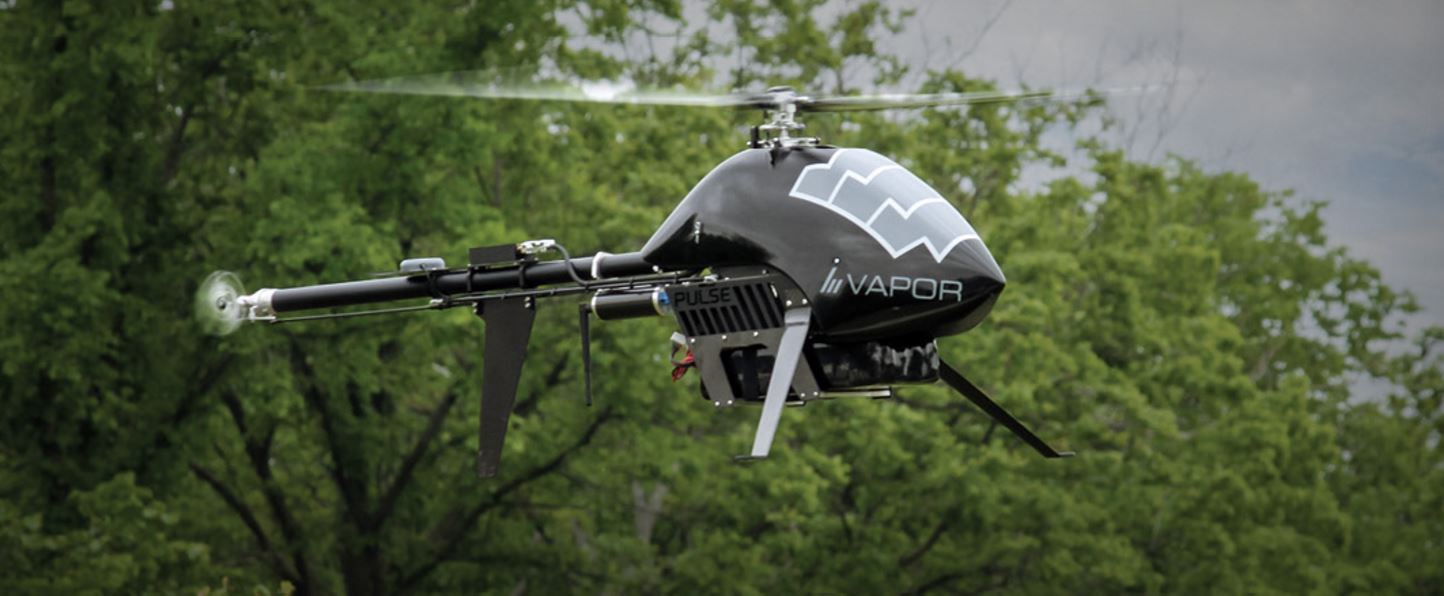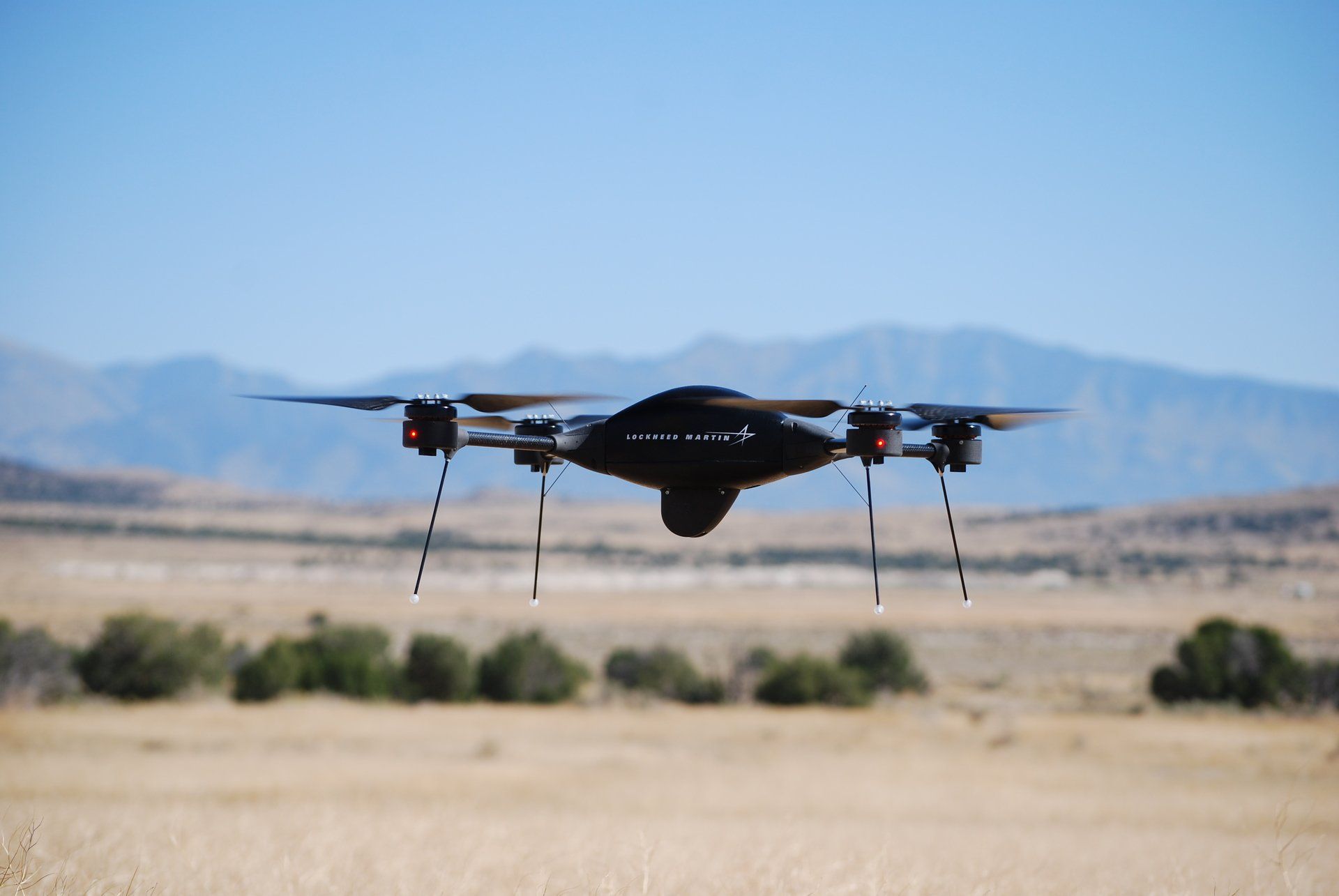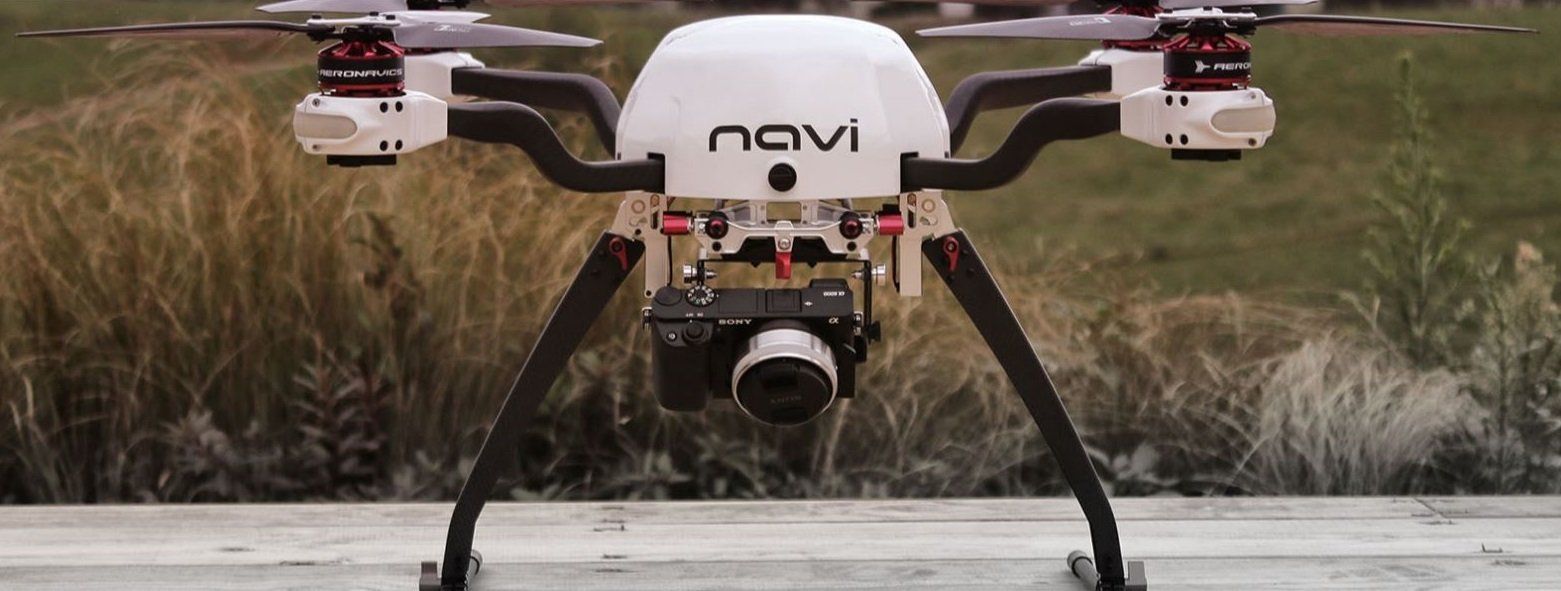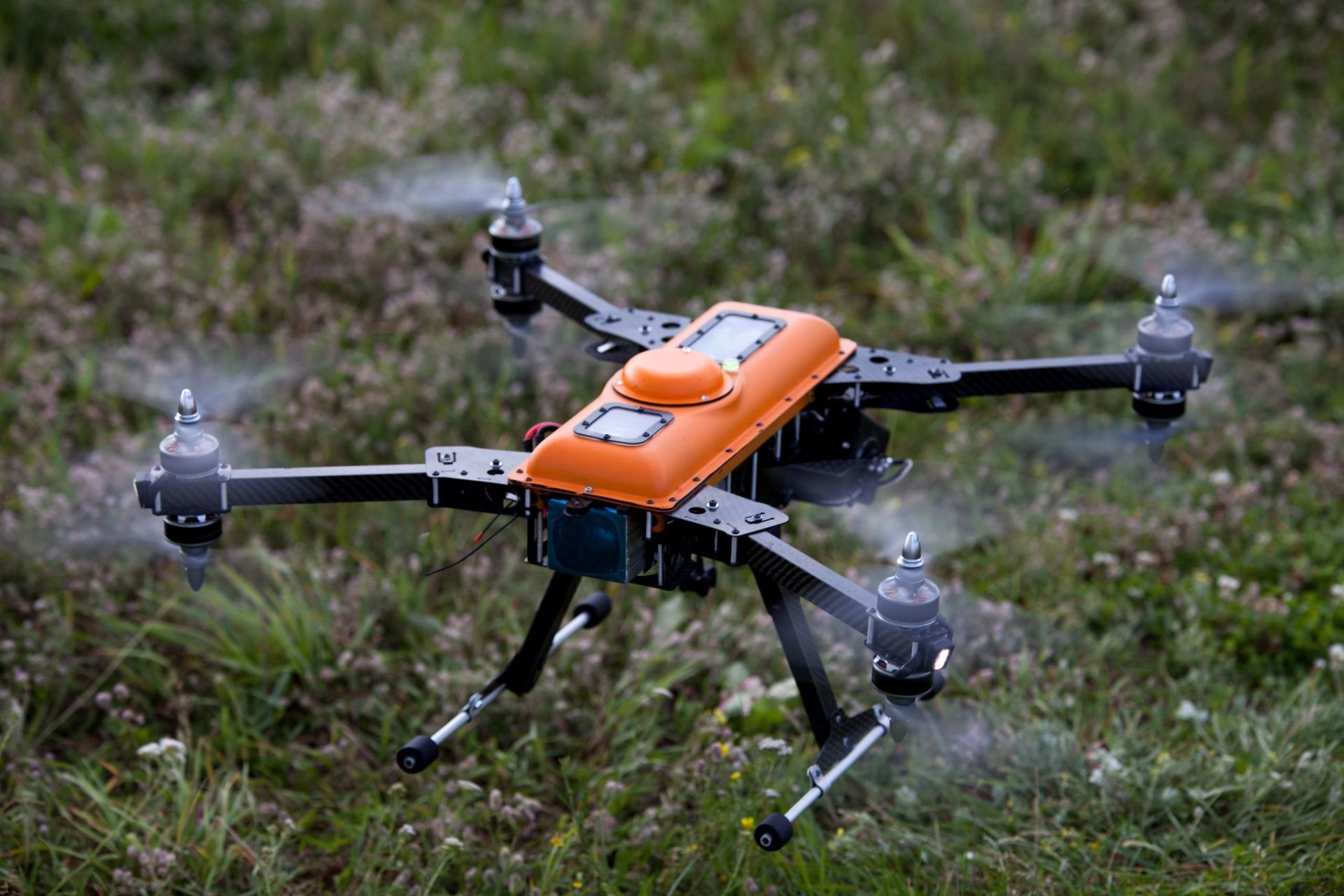ROTARY WING VERSUS FIXED WING UAVS
One of the first decisions that anyone looking to employ UAV technology will need to consider is whether to opt for a “Fixed Wing” or a “Rotary Wing” aircraft. Both categories of platform possess a unique set of advantages and limitations that render them more or less suitable for different applications. Understanding the key characteristics of each and the corresponding implications of their use is essential for identifying the ideal UAV to meet your needs.
Fixed wing aircraft are characterised by a comparatively simpler structure and more efficient aerodynamics that provide the advantage of longer flight durations at higher speeds.
In contrast, rotary wing aircraft involve greater mechanical complexity which translate generally into lower speeds and shorter flight ranges. A hexacopter like the Aibot X6 has a maximum flying time of around 30 minutes with a top speed of around 60km/h. Their advantages, however, are their ability for Vertical Takeoff and Landing (VTOL) and their capacity to hover and perform agile maneuvering. This makes rotary wing UAVs well suited to applications like facility inspections, which require maneuvering around tight spaces and the ability to maintain visual on a single target for extended periods. Rotary wings also facilitate greater flexibility with the payloads that they can deploy.
Source :
UAV Insider
Check out our UAV Systems

